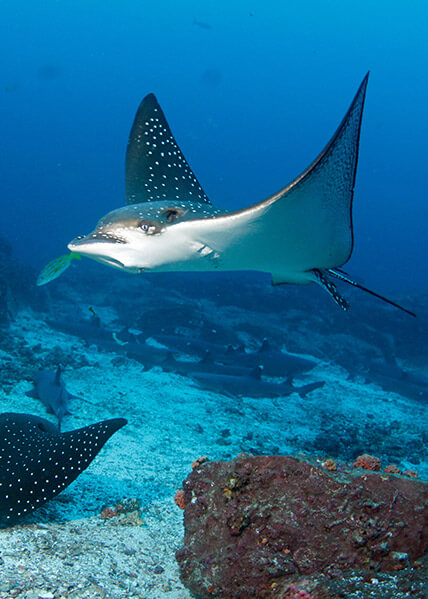Cocos Island

Declarations
Cocos Island is one of the most privileged natural sites worldwide due to its size, isolation, and conservation status. Due to its great biological diversity and the large number of endemic species, it can be classified as a natural laboratory for research on the evolution of species.
The condition of Cocos Island as World Heritage Center and as National Park obliges the State to protect all its existing values: natural, historical, and cultural. These declarations prohibit the demolition and partial or total remodeling of the buildings and the alteration of the elements with historical and cultural value that are in it, without prior authorization of the Center for Research and Conservation of Cultural Heritage of the Ministry of Culture and Youth.
The Government of Costa Rica declared Cocos Island as an Architectural Historical Heritage of Costa Rica due to the high historical and cultural value that it has for the Costa Rican population and for the world, forged since the 18th century. The inscriptions on the rocks of Chatham and Wafer Bays, as well as the other cultural vestiges that can be found on the island, witness as to the history of the place, giving it an exceptional value that deserves to be protected and conserved to be enjoyed by the present and future generations.

